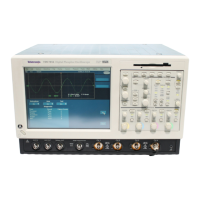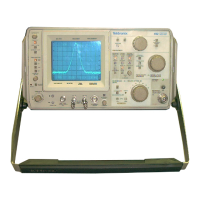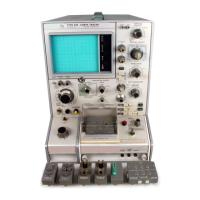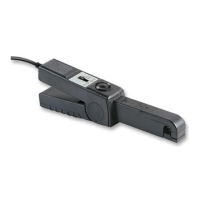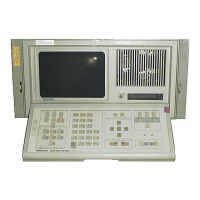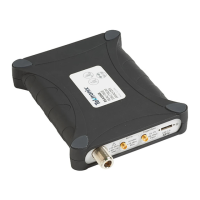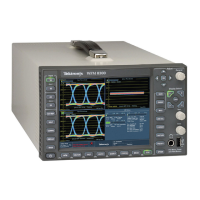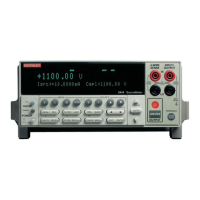Brief Procedures
4-6
CSA7404B, TDS7704B, TDS7404B, TDS7254B & TDS7154B Service Manual
NOTE. If diagnostic error message 512 is displayed, run signal-path compensa-
tion and then rerun Instrument Diagnostics.
d. Verify that no failures are found and reported on-screen. All tests should
pass.
e. Run the signal-path compensation routine:
H Pull down the Utilities menu and select Instrument Calibra-
tion.... This displays the instrument calibration control window.
H If required because the instrument is in service mode, select the
Signal Path button under Calibration Area.
H Click the Calibrate button to start the routine.
f. Wait: Signal-path compensation may take five to fifteen minutes to run.
g. Confirm signal-path compensation returns passed status: Verify that the
word Pass appears in the instrument calibration control window.
2. Return to regular service: Click the Close button to exit the instrument
calibration control window.
Functional Tests
The purpose of these procedures is to confirm that the instrument functions
properly. The only equipment required is a P7240 probe (P7260 probe with
TDS7704B), a probe calibration and deskew fixture, a BNC cable, BNC-to-SMA
adapter or TCA-BNC adapter, and, to check the file system, a 3.5 inch,
1.44 Mbyte, formatted floppy disk.
STOP. These procedures verify functions; that is, they verify that the instrument
features operate. They do not verify that they operate within limits.
Therefore, when the instructions in the functional tests that follow call for you to
verify that a signal appears on-screen “that is about five divisions in amplitude”
or “has a period of about six horizontal divisions,” etc., do NOT interpret the
quantities given as limits. Operation within limits is checked in Performance
Tests, which begin on page 4--17.
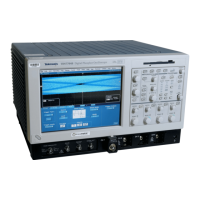
